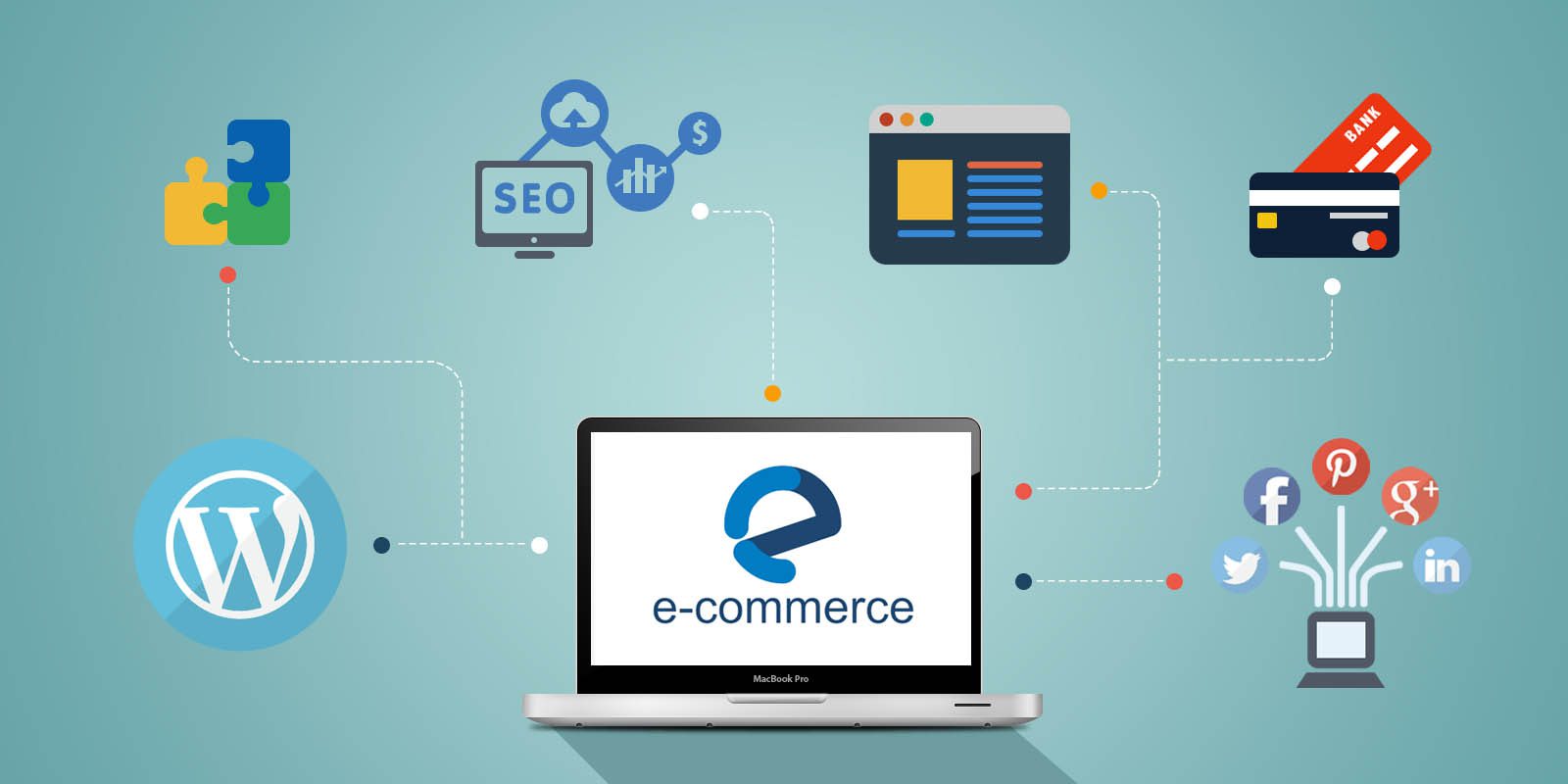
Growing a successful eCommerce business has never been easy. These days, considering the competition, it is harder than ever.
Like any business, there are always hundreds of things to do, but only so much time and money to go around. And even if you have made solid plans to tackle all of these issues, emergencies will derail you.
It isn’t easy to Find a balance between the things you should work on versus the things you actually end up working on.
But amongst all of these to-dos screaming for your attention, there are a few factors that matter a lot more than others. In this data driven world getting the right insights and data of your business through Stream processing powered by Apache Flink – Ververica can be cost effective and time saving too.
And if you get these things right, you get an unfair advantage over your competitors.
Your Most Important Tasks
You can find the clues by looking at successful eCommerce businesses.
These are traits that these businesses share. But they often aren’t visible on the surface, to find them you’ll need to dig a bit.
Just because a successful eCommerce business has 1M Instagram followers, doesn’t mean that going after Instagram followers will get you those same results.
Here are the three most important success factors affecting eCommerce that I’ve found:
Low customer acquisition cost
High repurchase rate
Healthy margins
These are not groundbreaking findings, and you might easily glance over them.
1. Low customer acquisition cost
Getting boatloads of profitable customers for cheap is the holy grail for most eCommerce businesses.
How low is low enough mainly depends on your preferred margin, lifetime value, and your competitors.
The biggest part of this cost is the marketing expense to get a new customer.
BRAND
This is the fuzziest but most impactful way to stand out and lower your acquisition cost.
Deep down they can’t give a compelling reason why people should buy from them versus their competitors.
Measurement
As mentioned above, brand building can seem pretty esoteric. But there are some effective ways to measure if you’re doing things right.
Branded search traffic, and especially its trend over time, can function as a good indicator of increased brand awareness.
MARKETING
Creating a strong brand means deciding what you stand for, and also what you don’t stand for.
That means that you’ll have a better idea of who to target, and where to find these people.
When we researched the most effective eCommerce marketing tactics, we discovered two low or no-cost approaches to increase sales:
Outreach
But even if you come up with a great product, you’re not guaranteed a home run. To increase your odds of success, you can help to seed the initial coverage by reaching out to the relevant people.
Instead of a spray and pray approach, analyze the backlinks that similar products got. If a blog or publication covered a product in an industry or niche similar to yours, there is a good chance they will be open for your pitch.
2. High repurchase rate
Repeat orders are what the most successful stores are built on.
Research by RJmetrics revealed that the best eCommerce companies generate more than half of their total revenue from repeat customers after 20 months. And it starts contributing more to revenue than new customers afterwards.
This factor increases the lifetime value for your eCommerce customers, which is great for profits.
Customer experience
Customer service should be at the top of your if you want to improve the customer experience.
This will also generate more customer reviews. If you have a customer support person or team, make sure you also know what’s going on.
But the whole customer experience already starts when a visitor lands on your site. Think about what they see/feel:
Product selection
If you’re a marketer, marketing is probably what comes natural to you. But really it’s the product that needs to come first.
That might sound super obvious, but when I started my career, I’ve beaten myself up over the marketing results when the actual problems were with the product.
Picking and promoting the right products is a skill-set which isn’t talked about, but it’s of vital importance.
3. Healthy margins
A healthy gross margin makes your eCommerce business easier to run.
Keeping costs low should be a priority for the business, especially early on. Even for Amazon being rationally cheap is part of their DNA. That’s why their desks where the old doors for the first couple of years.
Selling higher priced products
Even if your margin is lower, the total profit per order will be a lot more higher on the initial product.
Upsell / cross-sell
Cross selling is selling complementary products like a $15 bottle of cleaning fluids for that $2,000 coffee machine.
Or try bundling your cheaper products for a high price like these poop emoji masks. Normally, they will sell for $7.99 each. But the site thought that maybe people would want to buy 15 of them for a party. They sell that for $69.99, a price per unit to $4.6, a lot lower, but I’m sure these bigger orders are more profitable for them.
Nudge buyers towards higher orders
While most people will buy, you can use psychological nudges to get people to spend just a little bit more.
Wrapping up
You probably don’t have the bandwidth to explore on acquisition, retention, and profitability all at the same time. Your focus will depend on the stage of your eCommerce business development.
Then at scale, it’s time to dig into the cost and revenue and find out how to optimize each element in that .
About Author:-
 Merry Waren is a Marketing Manager at AIS Technolabs which is Web design and Development Company, helping global businesses to grow by Node Js Development Services. I would love to share thoughts on web ecommerce development and Game Design Development etc.
Merry Waren is a Marketing Manager at AIS Technolabs which is Web design and Development Company, helping global businesses to grow by Node Js Development Services. I would love to share thoughts on web ecommerce development and Game Design Development etc.
